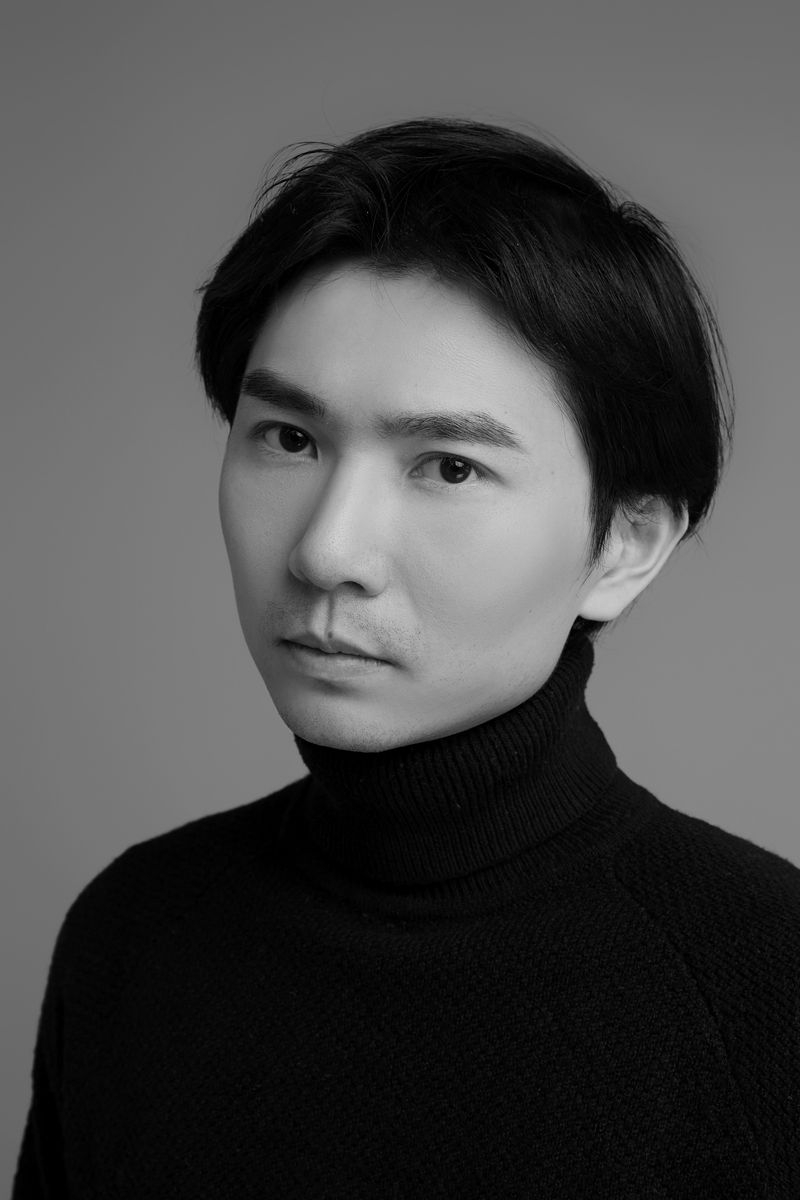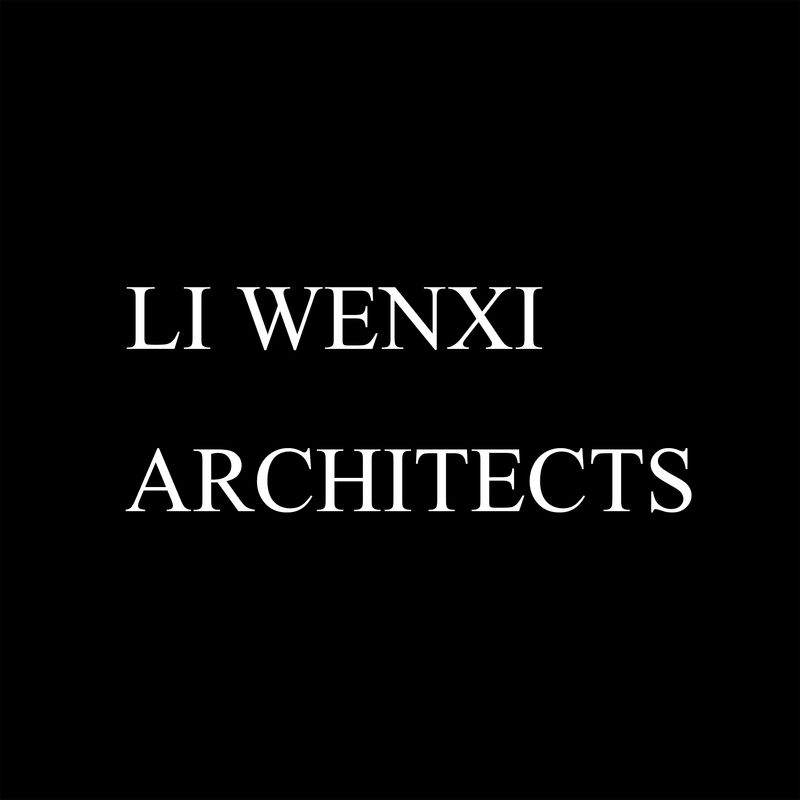
PROJECT MEMBER
Four years ago, a gentleman who opened a factory in Dongguan contacted our office via email and said that there was a plot of land in his hometown. He wanted to build a house and asked me to help him design it. After detailed discussion, I learned that the local transportation was inconvenient, and the transportation of building materials was very difficult. In addition, the surrounding population was sparse, so the labor cost was relatively high. Moreover, at that time, I was working in Tokyo and it was impossible to stay in Xunxi County for a long time. This series of difficulties made me want to push out this design at one point, but after seeing the site, I decided to proceed for one reason only: the cliff. Geometry of Mountains: The small county located in Hubei Province, China. Which is adjacent to the Qinling Mountains in the north and the Han River in the south. The traffic is inconvenient. Our site is hidden deeply in the mountains. The cliff is hard and its rough texture is like giant palmprint. The valley there is quiet, with morning mist filled. The cliffs block the cold wind from the north and wrap the site inside. The corners of the peaks, the straightness of the cliffs, and the curvature of the mountain roads all hint at sone geometric elements. The wall of the building turns diagonally to surround the western side of the mountain, which forms a narrow entrance. The second floor of the house echoes the trend of the mountain with an arc wall. The beams of the building are huge, protruding from the north and south sides, as if growing from a cliff. The north side of the house approaches the cliff, forming a narrow linear garden. The south side of the house faces the green mountains and opens to embrace nature. The conical space on the roof responds to the shape of the mountains, with only two circular windows inside that can see the external scenery. The light comes from above, making it an introspective space to face oneself alone. Square, Circle, Triangle and Turning Line The building adopts four types of elements: Square, Circle, Triangle, and Turning Line to respond to local life: "square" refers to the living room and bedroom, that is, the regular living routine; 'Circle' refers to the entrance and skylight, that is, the sensual side face of the house; The 'triangle' is like a mountain shape and also a meditation space towards the heart; The 'turning line' is the wall that encapsulates and accommodates the surrounding environment. I have always believed that in the face of nature, every inquiry from a person will receive a response, and the more obvious the action, the more direct nature's response becomes. The mutual reference between geometry and nature has become the source of architectural spatial beauty. Coarse and Delicate: Nowadays, many people like concrete, but what they like is not the original rough texture of concrete, but the treated smooth surface. As an important component of concrete, aggregates were initially extracted from the mountains. When I saw the cliff walls, I realized that silk and smoothness were not its original properties. Concrete should maintain its rough and tough texture like hard stones. However, roughness can also be delicate: what remains between the walls is the persimmon tree in front of the house, and between the beams, columns and the floor slab, divine light is poured freely, all of which will bring a dense atmosphere to the building. After four springs, the house was finally completed. Cliff House "is the third independent residence built by our studio. It has been 15 years since I first worked on house design in college. Some people say that architecture is an art of delayed gratification. I believe that as long as I love drifting, the images in my mind will emerge years later.
